Studio Essentials: Jacob Korn
The Uncanny Valley regular talks us through his favorite machines.
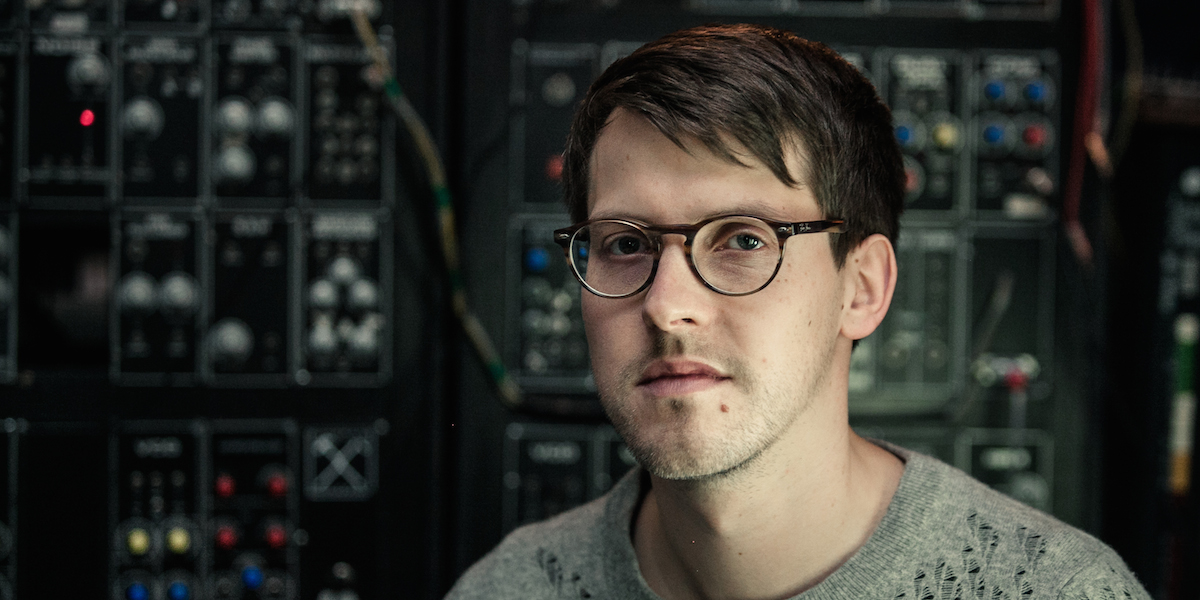
The shaping and development of music taste will in most instances be an ongoing, infinite quest. After all, inspiration can strike at any time, in all variety of forms. It’s a sentiment that is even more true when it comes to actually making music. The spectrum of styles that have come out of Jacob Korn‘s studio is testament to this: the German producer has dabbled in a bit of everything over the years.
Earlier in his career, Korn pushed out glitchy hybrids of hip-hop and electronica as Granufunk. Since beginning to channel his work under his birth name, he’s kept house and techno as a reference point for his wider experiments in sound. In recent years, with releases on the likes of Cocoon, Permanent Vacation, and a wealth of material on Uncanny Valley, Korn has impressed with the skill of being able to unite diverse genres into coherent tracks. Funk and disco stylings are rife in his productions, though equally he’s put out techno tracks, grungy beatdown numbers and more straightforward house.
It’s the mark of a passionate producer—a musician who strives to push his tools to the limit. We dialled up Jacob Korn to see what is going on behind the scenes.
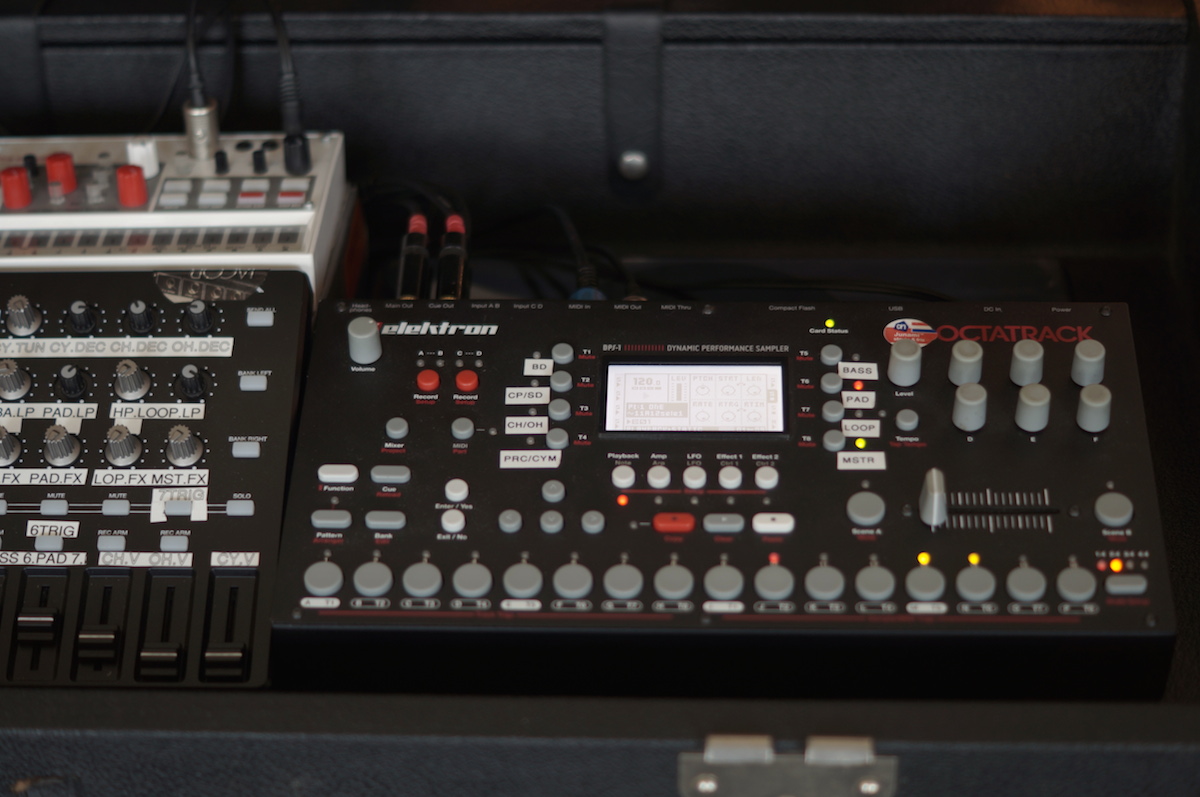
This sampler/sequencer that does not add a special sound, but replaced the laptop at my live gigs. The price is quite high, but you get a workhorse in a compact form. I’ve used on stage regularly for four years now without any problems. At the moment, I am using it with an Akai MIDImix and a handmade USB to MIDI host, since MIDI sockets are quite rare on smaller controllers these days. Together with a Korg Volca Sample or a drum machine the setup is compact and cabin approved. I figured out that this setup can also be a great one to start a remix or a new track and bring it in the DAW for arrangement and mixing at the final stage of the process.
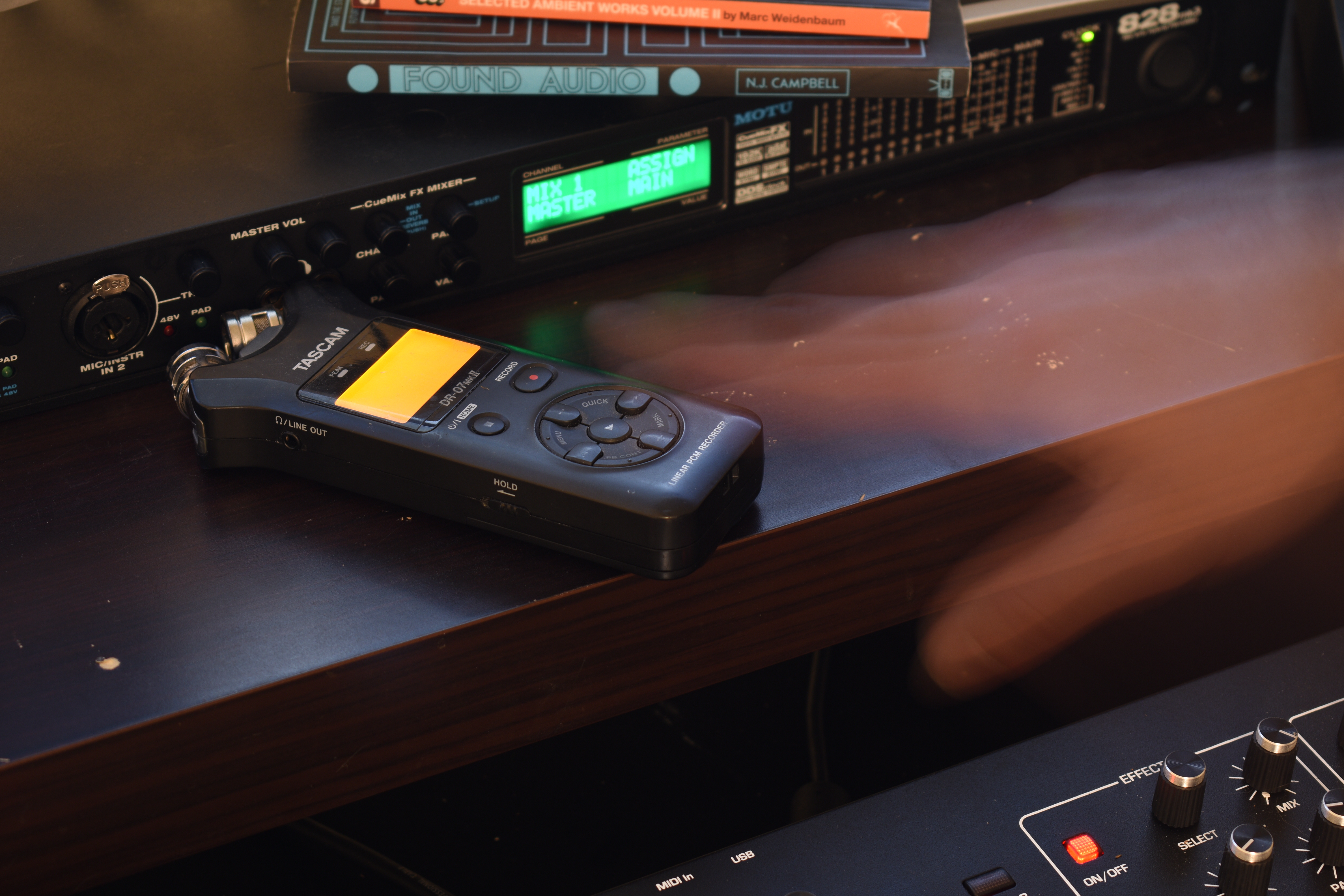
This digital mixer is new to my studio, but it’s the central element now. Maxed out with 2 ADATs and a Firewire card for 32 I/O to the computer. The converters and pre-amps are transparent, the latency is low and these days it’s a very cheap alternative to my old analog desk-patchbay-soundcard workflow. It’s very flexible in terms of routing and offers motor faders that can act as a DAW control surface as well, since I arrange, edit and mix in the box.
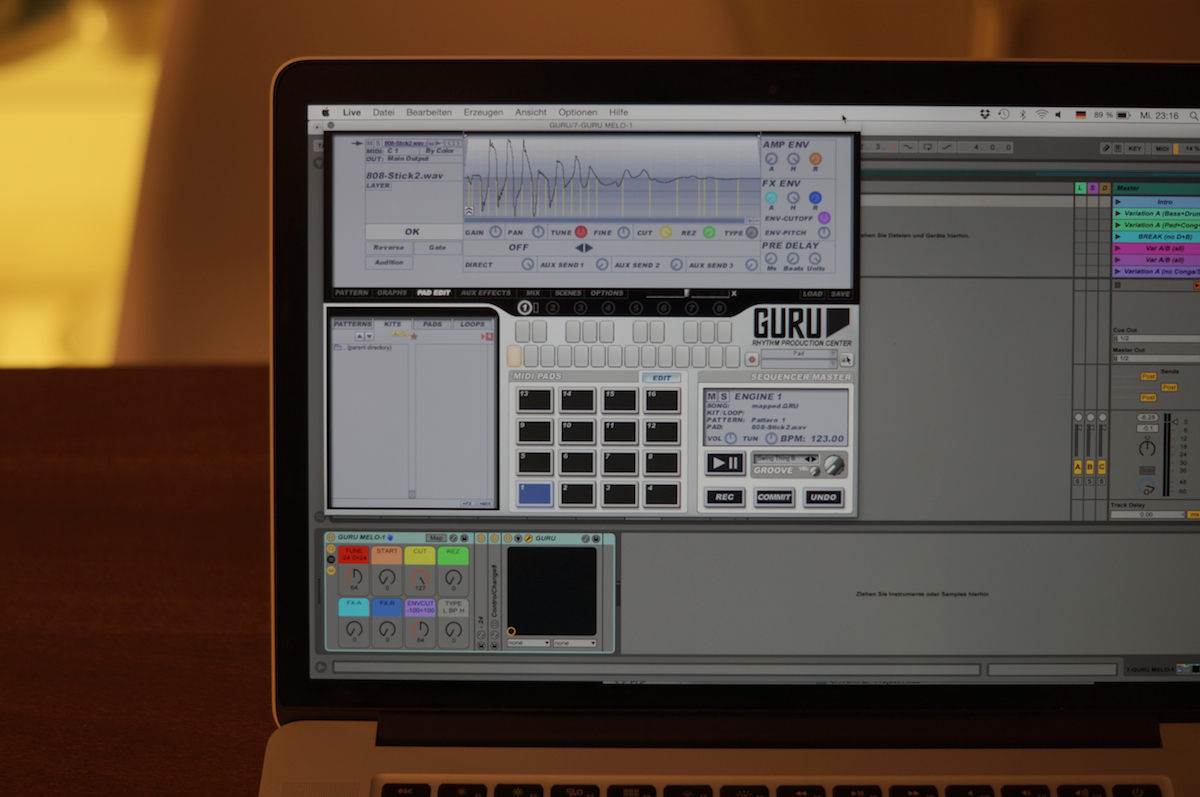
FXpansion GURU
A discontinued software sampler that I used on almost every record from the beginning on. It’s got a nice MPC workflow, with a pad-controller and knobs (at the moment I use PUSH2). Filters sound special on this one and I am used to that sound now. On drums, I still prefer the MPC1000 or a drum machine.
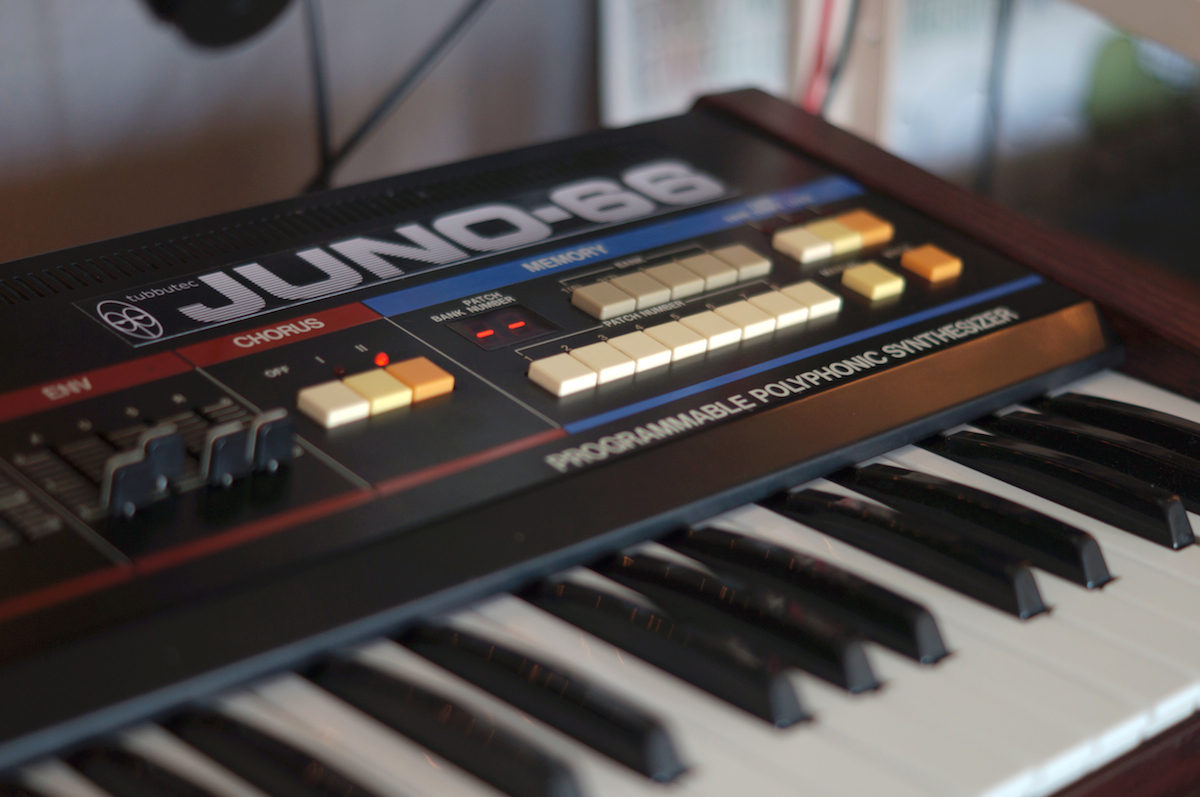
Roland Juno-66 (Tubbutec Expansion)
My Juno journey started with Cuthead‘s old Alpha Juno some years ago. Next one was a Juno-6 that I equipped with MIDI and a chorus input to use as an FX unit (as I did on most of my other synths as well). I always wanted to try a Juno-106, so I got this MKS-7 rack that I refurbished (four dead voices). I traded the unit for a 106 with one dead voice, as I had already got a Roland 707 by that time.
After fixing the problems, I placed a chorus input and speed knob there as well. It’s a great synth, but until you get the chance to use a Juno-60, you would always think that it offers presets, but would not sound like your beloved Juno-6. So, I got a defective Juno-60 for a bargain price recently, by fixing one voice and a couple of other things. I even pimped it further by treating it with a real wood case and installing tubbutec‘s brilliant Juno-66 extension, which offers stacking of OSCs with detuning, portamento, sequencer, MIDI-control, and much more. It’s definitely going to be a keeper.
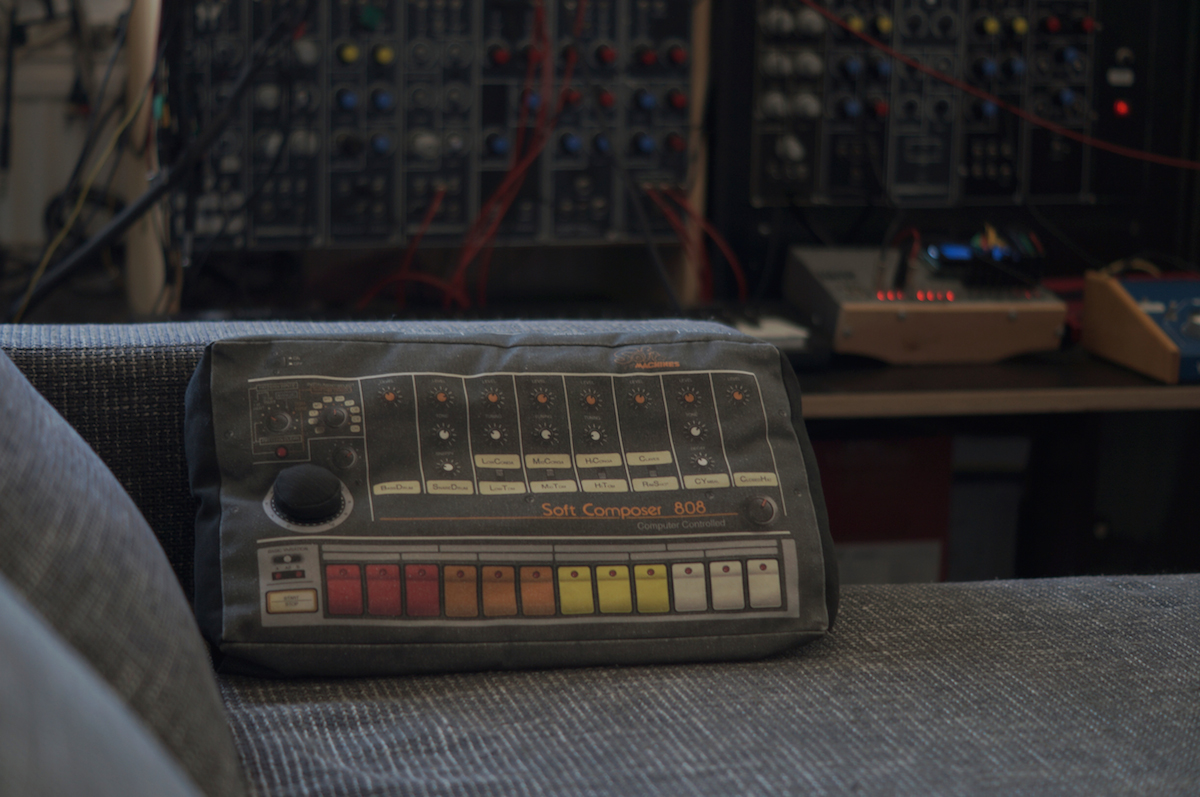
softmachines 808
And after a long day in the studio, it’s time to relax a little on this pillow that I got from my girlfriend. She gave it to me because the TR-808 is still the only number in the TR series that is missing in my collection (though I replaced it quite happily with a Yocto clone, modified to taste).

